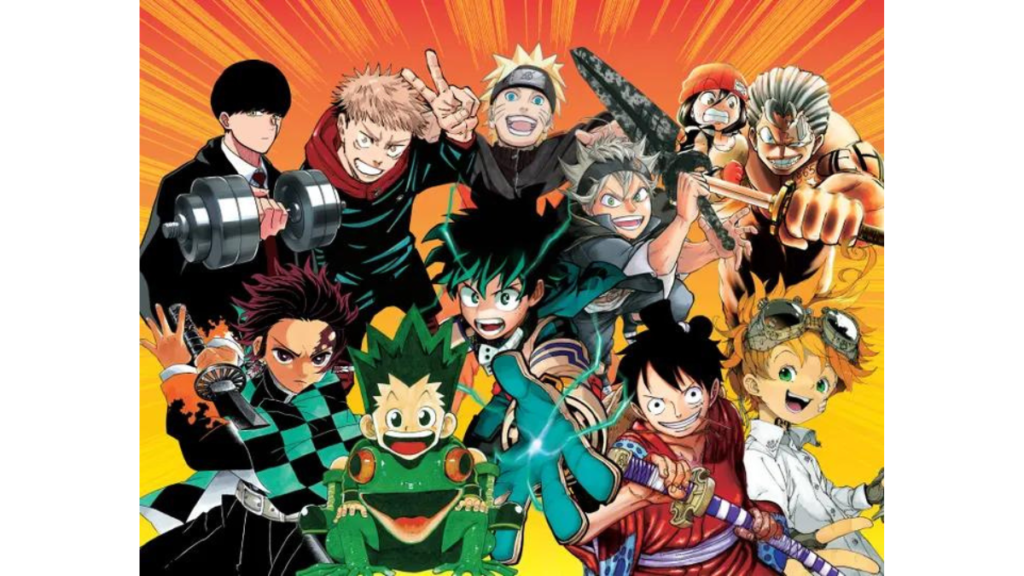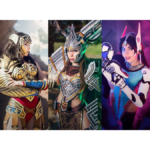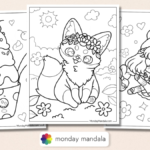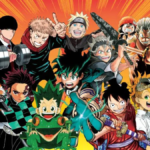Manga, a Japanese art and narrative genre, has won over fans all over the world with its exotic fusion of Western and Eastern influences. We’ll go into the intriguing world of Mang’a in this article, discussing its origins, various forms, and widespread cultural influence. Whether you’re already immersed in the Mang’a world or just getting started, this book will help you learn all there is to know about this fascinating art form.
Mang’a transcends the boundaries of traditional comic books to become a global cultural phenomenon. Mang’a’s unique art form and storytelling have allowed it to attract fans all around the world. In this piece, we’ll go into the nuances of Mang’a, answering some of the most often asked questions and offering some helpful suggestions. Let’s go on an adventure into the Mang’a universe.
Manga: The Japanese Art of Storytelling
The word “man” (meaning “fanciful” or “impromptu”) and “ga” (meaning “pictures”) in Japanese form the basis for the term “mang’a,” which refers to the Japanese art form of sequential comics. It’s not only comic books; it’s a way for artists and storytellers to share their work.
Because it spans so many styles and topics, mang’a is able to appeal to a wide range of readers. There’s a Mang’a out there for every taste, from thrilling adventures to touching love stories.
The following paragraphs will go deeper into Mang’a and its intriguing culture.
History of Manga
The Roots of Manga
Beginning in the 12th century with image scrolls and handscrolls, mang’a has a long and storied history. However, the term “Mang’a” was not created until the 1800s. Mang’a’s current shape emerged in the late 19th century, during the modern era.
The Pioneers
Mang’a owes a great deal to the efforts of trailblazing painters like Hokusai and Rakuten Kitazawa. Their works paved the way for today’s wide range of artistic movements and genres.
Post-War Resurgence
Mang’a saw a renaissance after World War II because to the efforts of artists like Osamu Tezuka, who introduced innovative new storytelling styles. The “Astro Boy” mang’a by Tezuka is often cited as an early example of the Mang’a genre.
Manga Genres
Diverse Worlds of Manga
There is more than one type of manga. It’s a huge canon of literature that has something for everyone. Some common Manga subgenres are as follows:
Shonen: Geared towards young boys, featuring action, adventure, and friendship themes.
Shojo: Targeted at young girls, emphasizing romance and interpersonal relationships.
Seinen: Designed for adult men, often exploring more complex and mature themes.
Josei: Created for adult women, delving into realistic relationships and life challenges.
Isekai: Involves characters transported to a parallel world, a popular subgenre.
Sports: Focuses on various sports, highlighting teamwork and competition.
Manga in Pop Culture
Global Impact
The impact of manga extends far beyond Japan. It has made a huge impact on popular culture around the world, influencing film, television, and even the fashion industry. Anime, the Japanese word for the animated version of Japan’s manga, enjoys a worldwide fan base. It’s got conventions, fan clubs, and online subreddits full of die-hards.
Conclusion
Manga is an invaluable cultural artefact, not just a kind of entertainment. It’s one of a kind as an art form due to its long tradition, wide range of genres, and worldwide influence. Whether you’re a seasoned reader or just getting your feet wet in the genre, Manga offers something for you. Don’t wait any longer to enter the intriguing world that awaits you in a Manga.
Read More : ezhillang.org
FAQs
What is the origin of Manga?
Manga traces its origins to the 12th century in Japan, with the term “Manga” coined in the 18th century.
Are Manga and Anime the same?
Manga refers to the printed or drawn comic, while Anime is the animated adaptation of Manga.
How many Mang’a genres are there?
There are numerous Mang’a genres, including Shonen, Shojo, Seinen, Josei, Isekai, and Sports, to name a few.
What is the most popular Mang’a series?
Naruto, One Piece, and Attack on Titan are among the most popular Mang’a series.
Is Mang’a only for kids?
No, Mang’a caters to all age groups with genres like Seinen and Josei aimed at adults.
Where can I read Mang’a online?
You can find Mang’a on various websites and apps like Crunchyroll, VIZ Media, and ComiXology.







